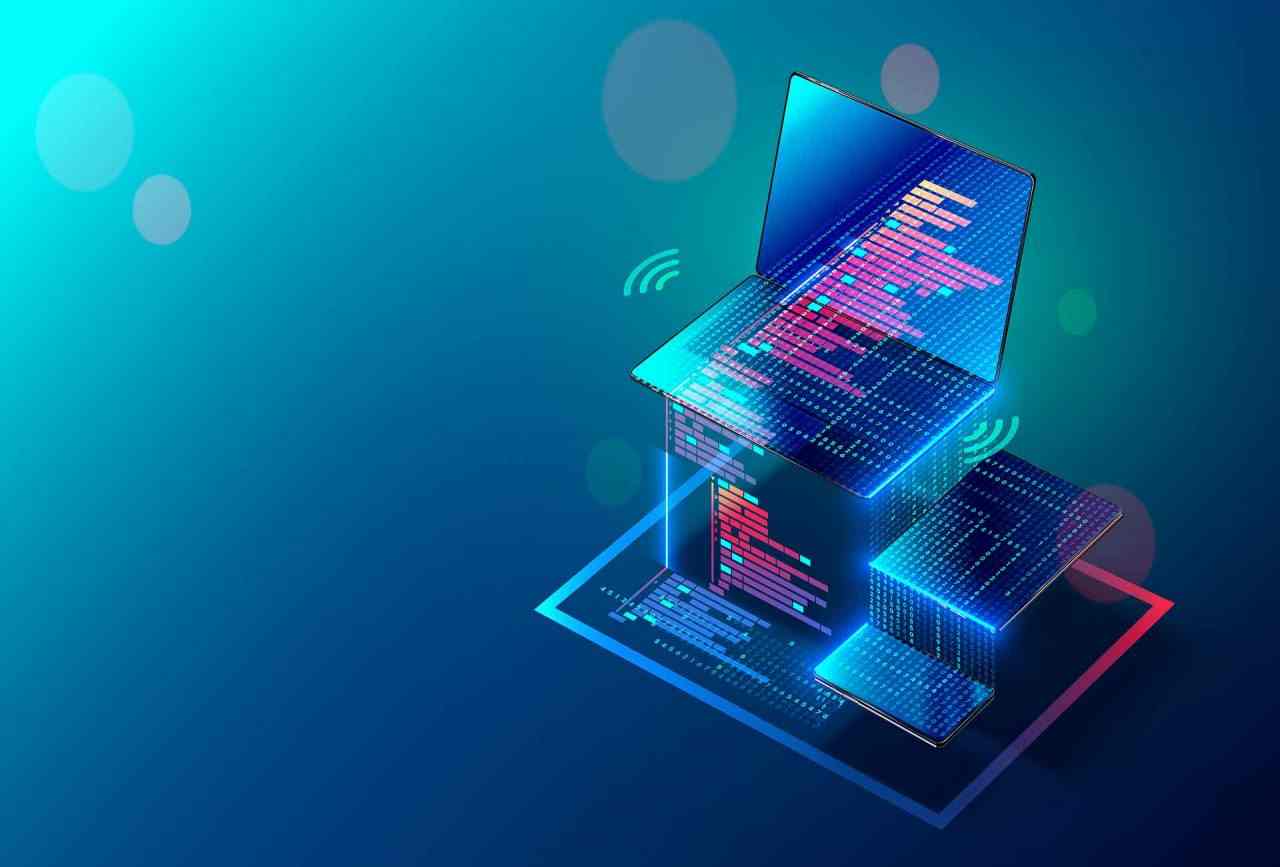Hyperautomate with Process Insights and Artificial Intelligence for Efficient Processes
In the first blog of this series, I had shared one half of the hyperautomation journey—how RPA and BPM can work in harmony to automate incredibly complex business tasks.
In this one, let’s delve into the second half—how other complementary technologies, such as process insights and artificial intelligence (AI)—are crucial parts of hyperautomation, as they enable rapid, end-to-end business process automation and accelerate digital transformation.
Process Insights: Discover, Monitor, and Improve Workflows
Process insights are created by leveraging event logs, generated by enterprise systems including ERP, BPM, CRM, human capital management, and supply chain management, to rebuild a virtual view of your business processes. These insights are designed for you to discover, monitor, and improve real processes by extracting knowledge available within application systems.
Process mining is one of the multiple stages in the process automation lifecycle, which analyzes the extent to which RPA can be implemented across legacy systems. Furthermore, it enables monitoring and analysis of process performance for continuous improvement. Robust process mining tools can blend data mining with AI and machine learning (ML) to generate data-based analytics. This can help you explore the state of your business processes and identify new opportunities and bottlenecks for optimization and automation.
Artificial Intelligence: Automate Repetitive-to-Cognitive Processes the Smart Way
AI enables bots to intelligently perform tasks, such as reading, understanding, and processing data, thus making it an essential ingredient of hyperautomation solution. Cognitive technologies, such as ML, natural language processing (NLP), optical character recognition (OCR), and AI, integrate with Robotic Process Automation (RPA) solution to increase process efficiency and accuracy. You should deploy these technologies in tandem to realize business value and deliver specific, measurable outcomes for targeted use cases.
Understanding Hyperautomation with a Use Case
Let’s suppose you are automating an anti-money laundering process and implementing a fraud detection algorithm. You may need to understand the interfaces between your AI components and other automation tools. Many of these processes involve non-routine tasks, intelligent decision making, and human judgment.
In this case, your system would execute the following steps:
- An intelligent business process management (BPM) suite manages the decision-driven workflow/orchestration of your process
- It triggers an RPA bot to perform data collection, and other routine work, to validate your customer records
- The consolidated data is fed into the fraud detection algorithm, built on an ML model, to identify patterns. This process can sometimes involve human intervention, in case a formal approval or e-signature is required
- Subsequently, another RPA bot is triggered to perform follow-up actions and update transactional systems, such as ERP, CRM, and other applications
The Time for Action is Now!
Hyperautomation platform is the key to adapt to the ever-changing business environment and to achieve unprecedented levels of quality and efficiency. RPA, BPM along with process insights and AI will enable your organization to achieve scale and flexibility in operations and also allow your employees to focus on more value-added tasks.
You might be interested in



25 Sep, 2025
Transforming Enterprises with Newgen’s Business Process Management Software

